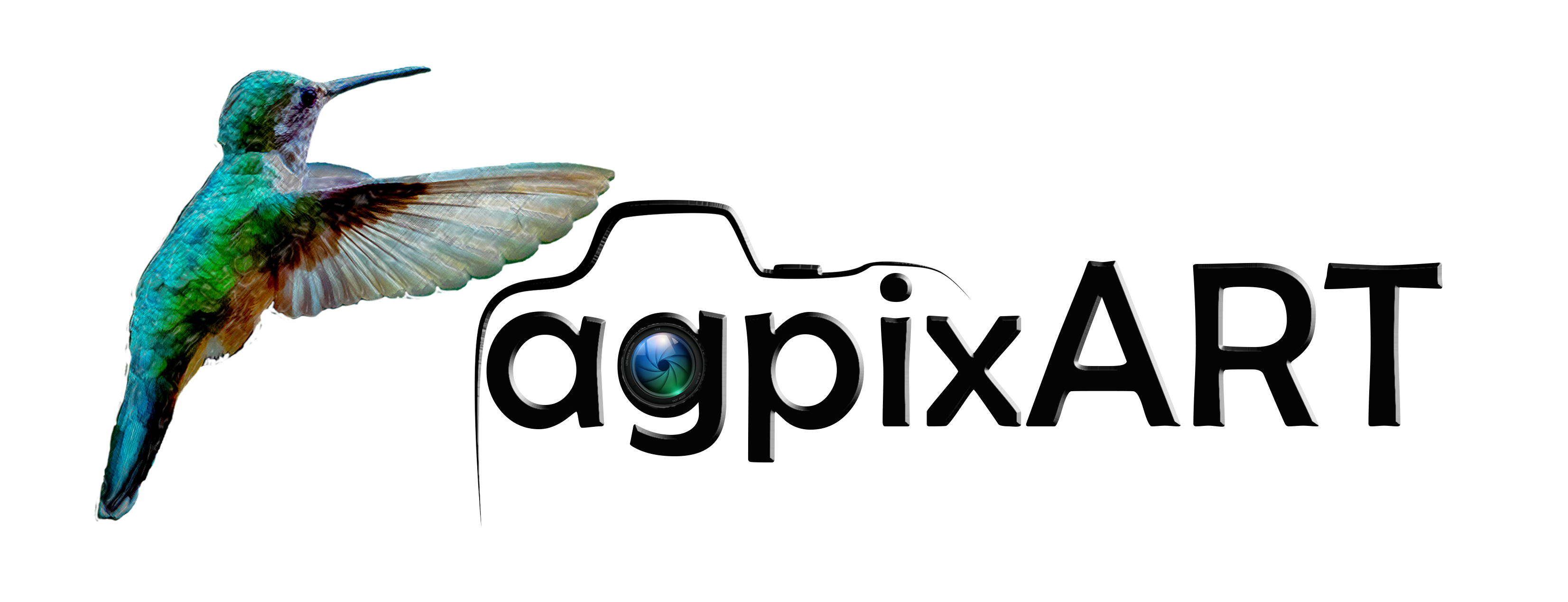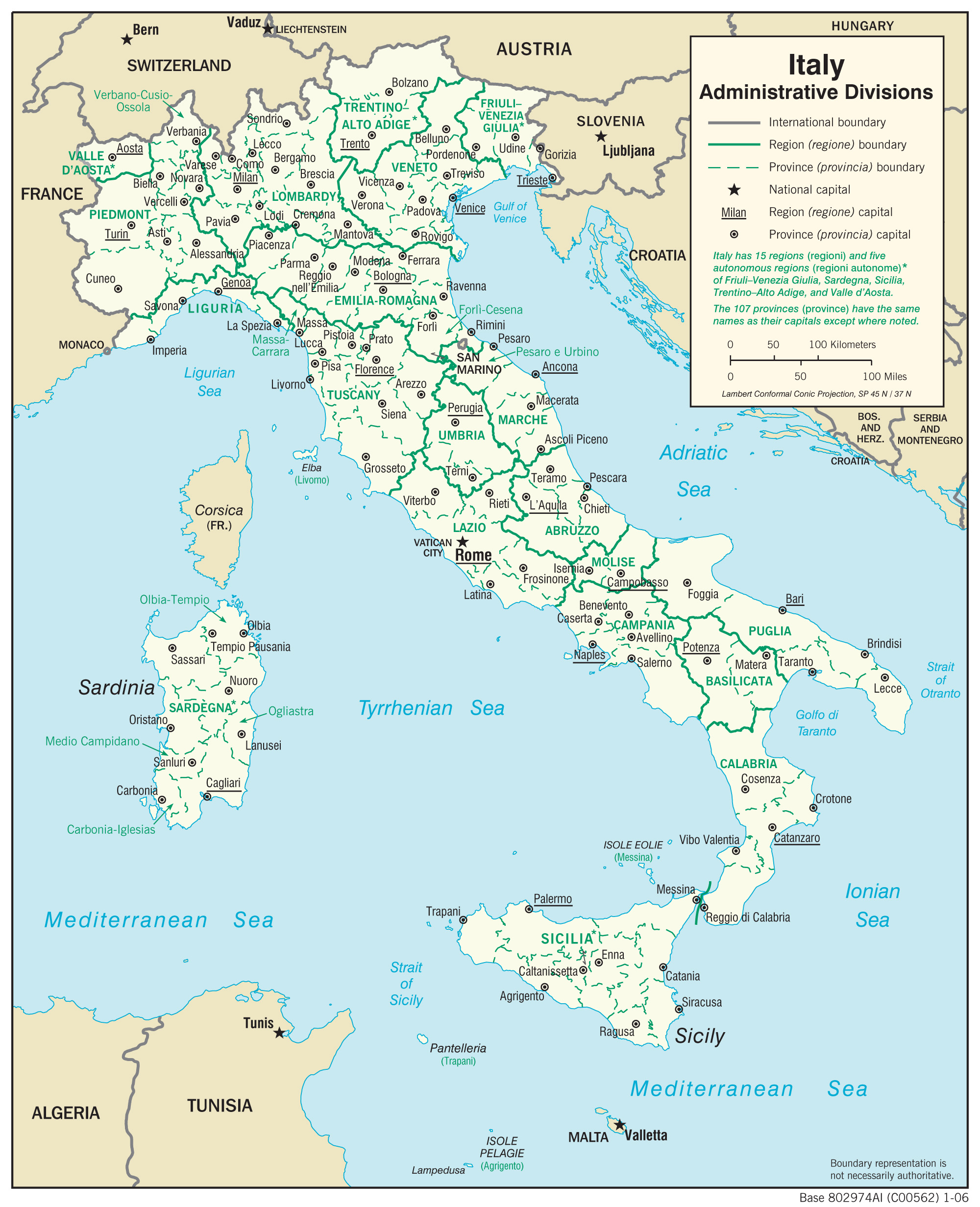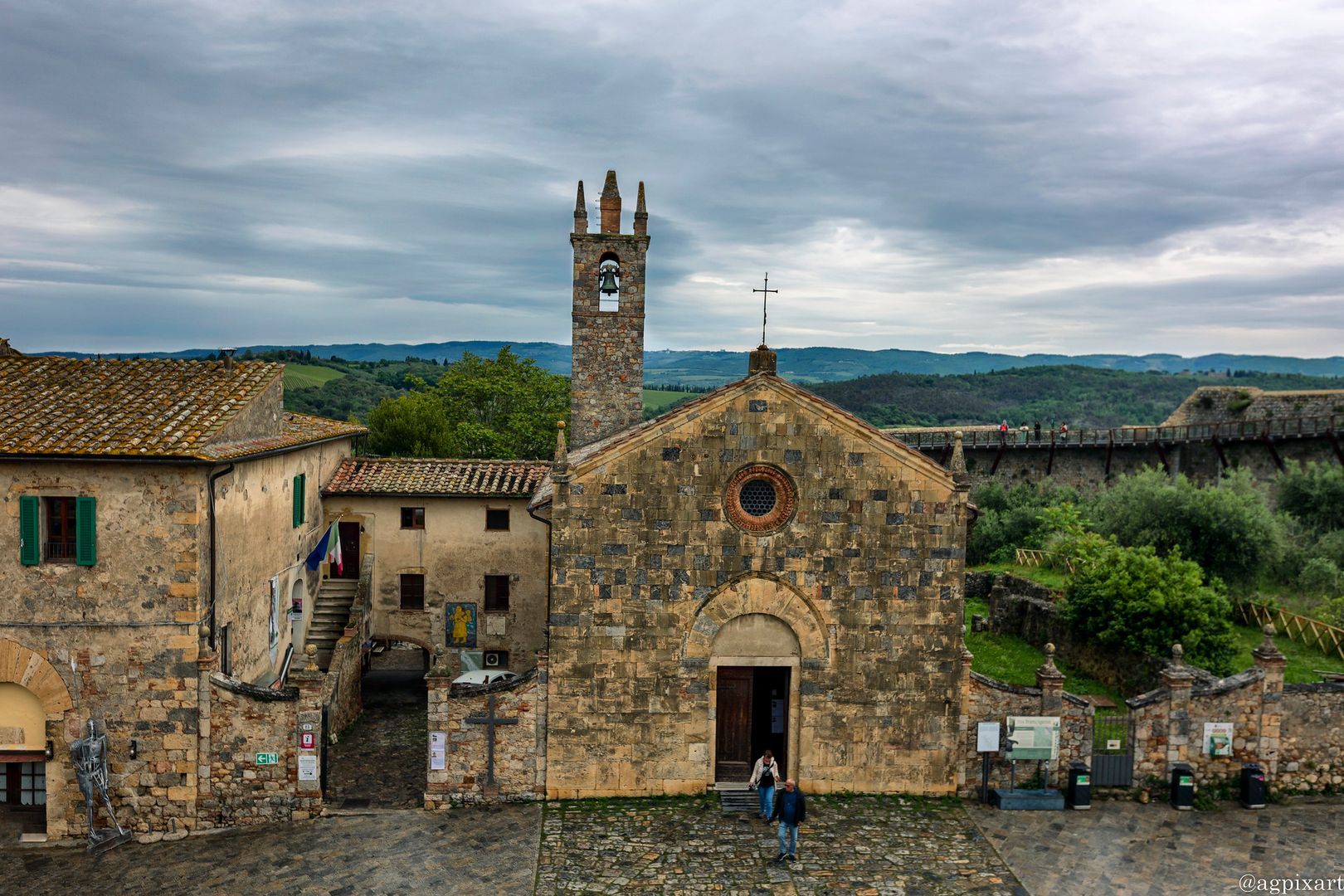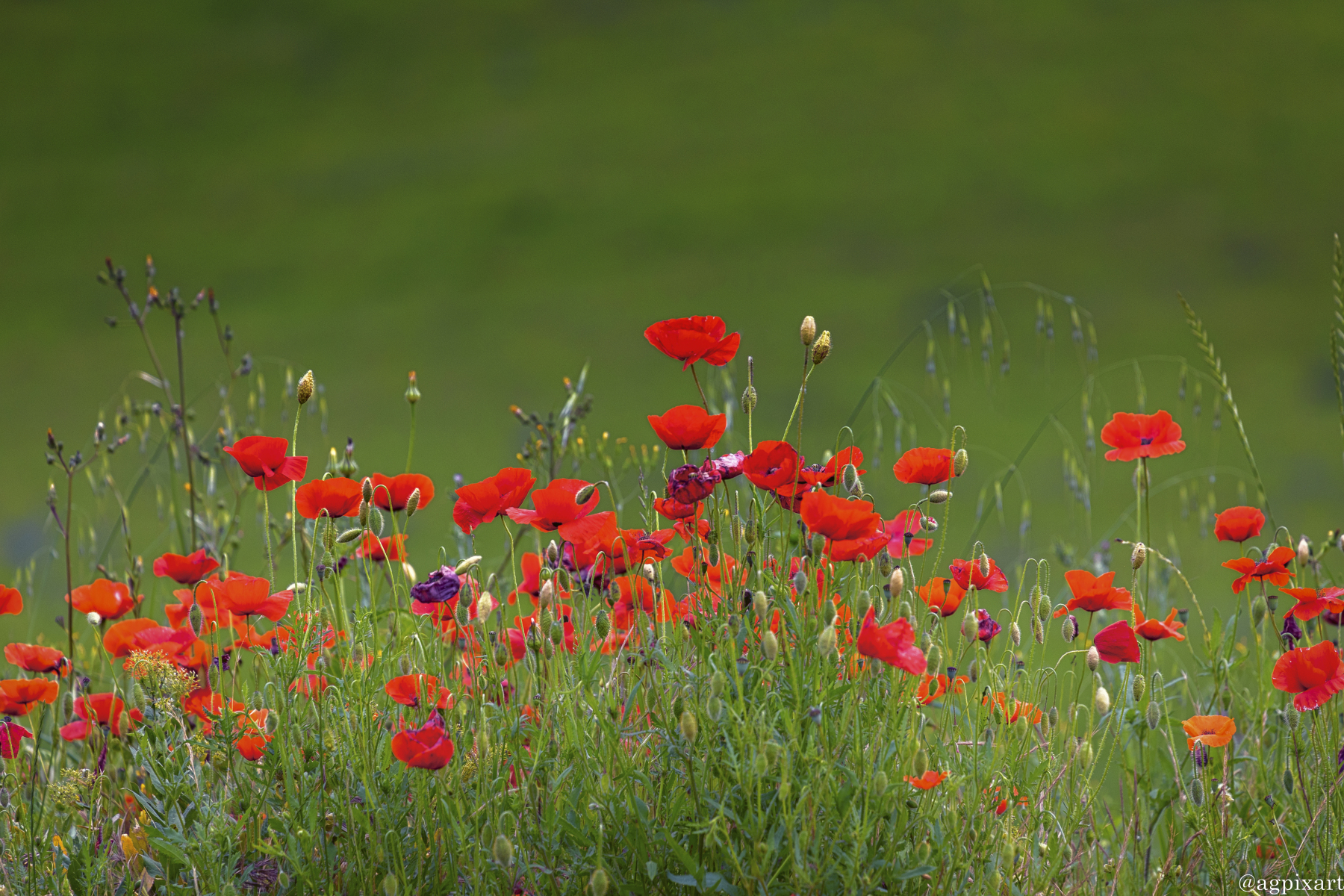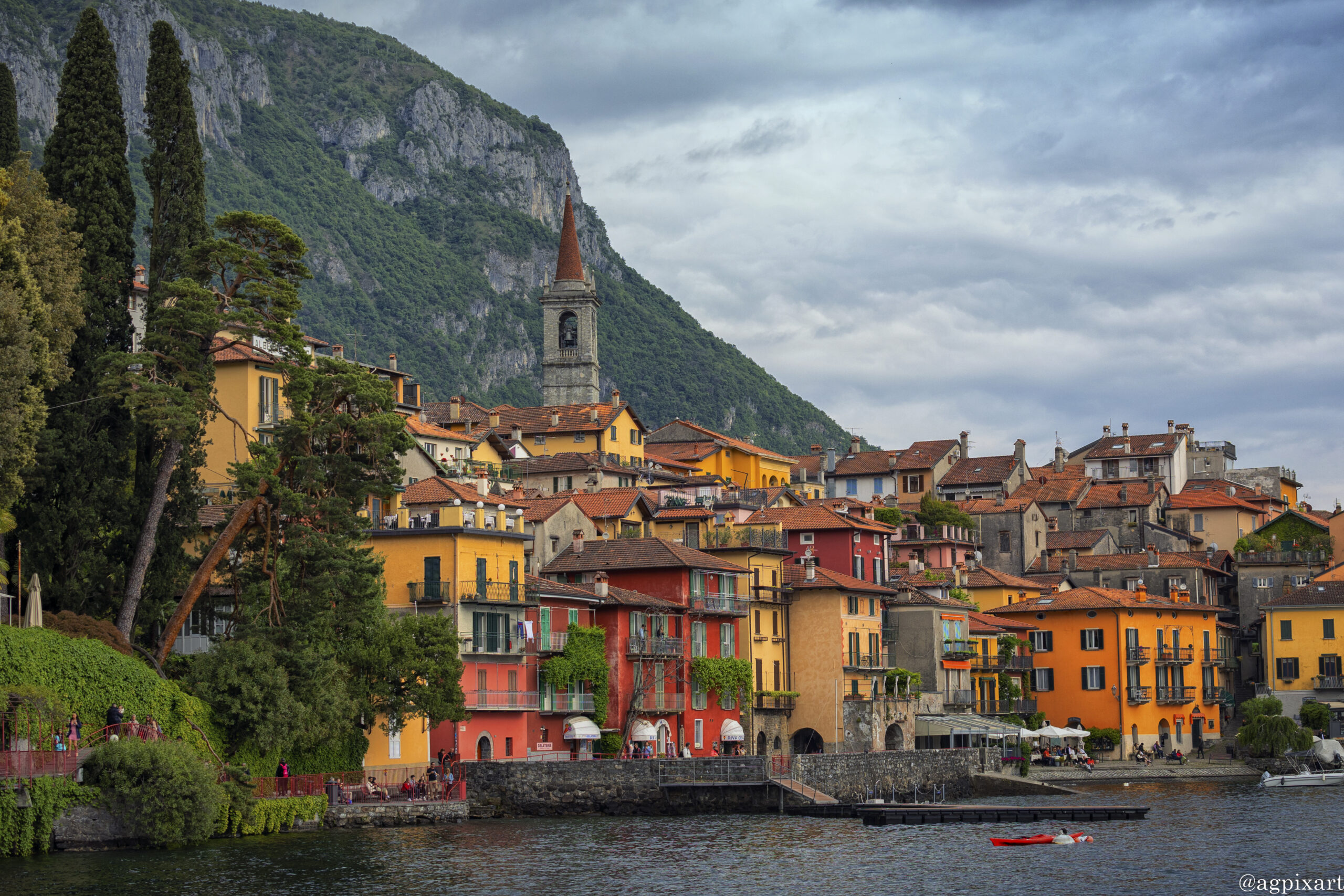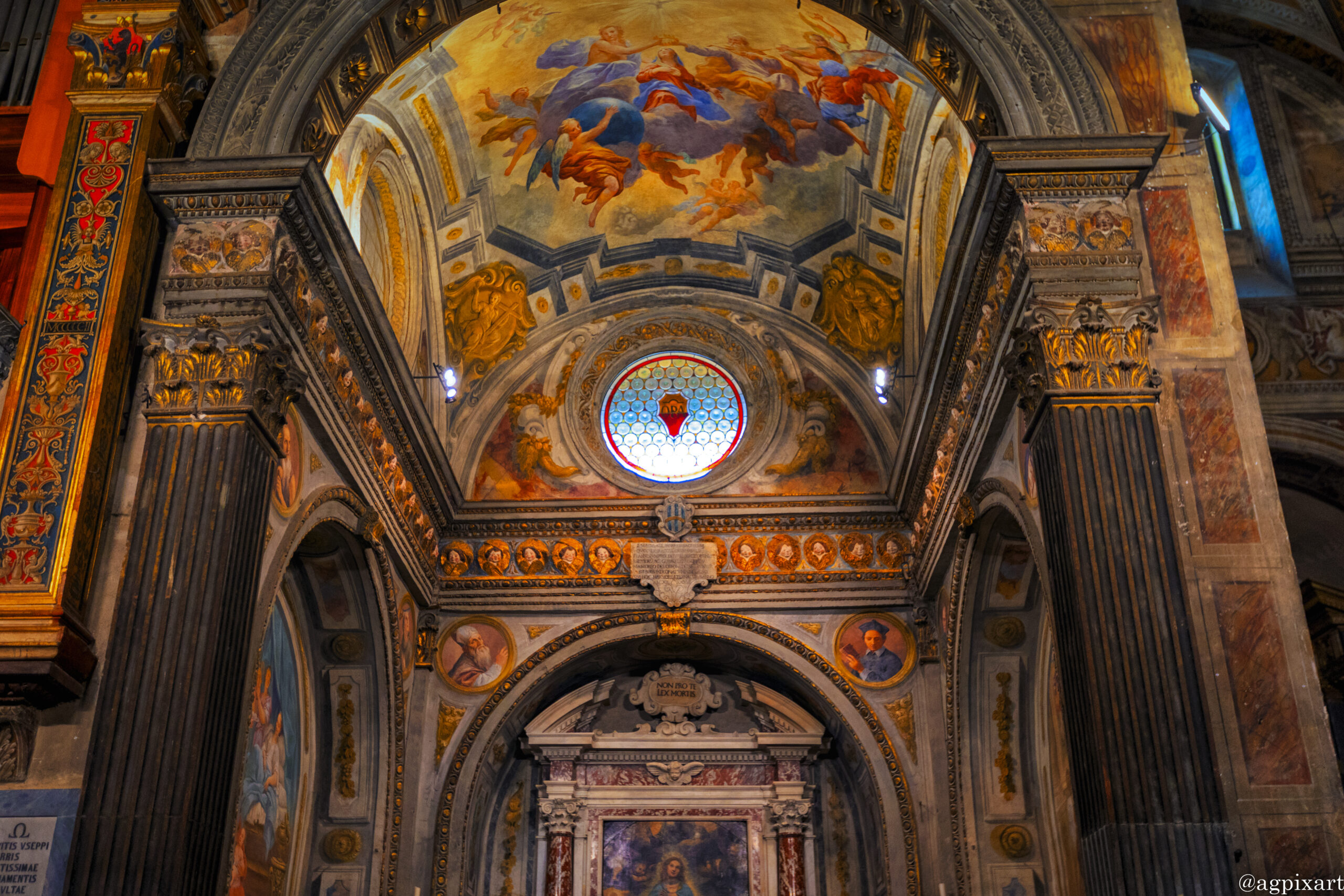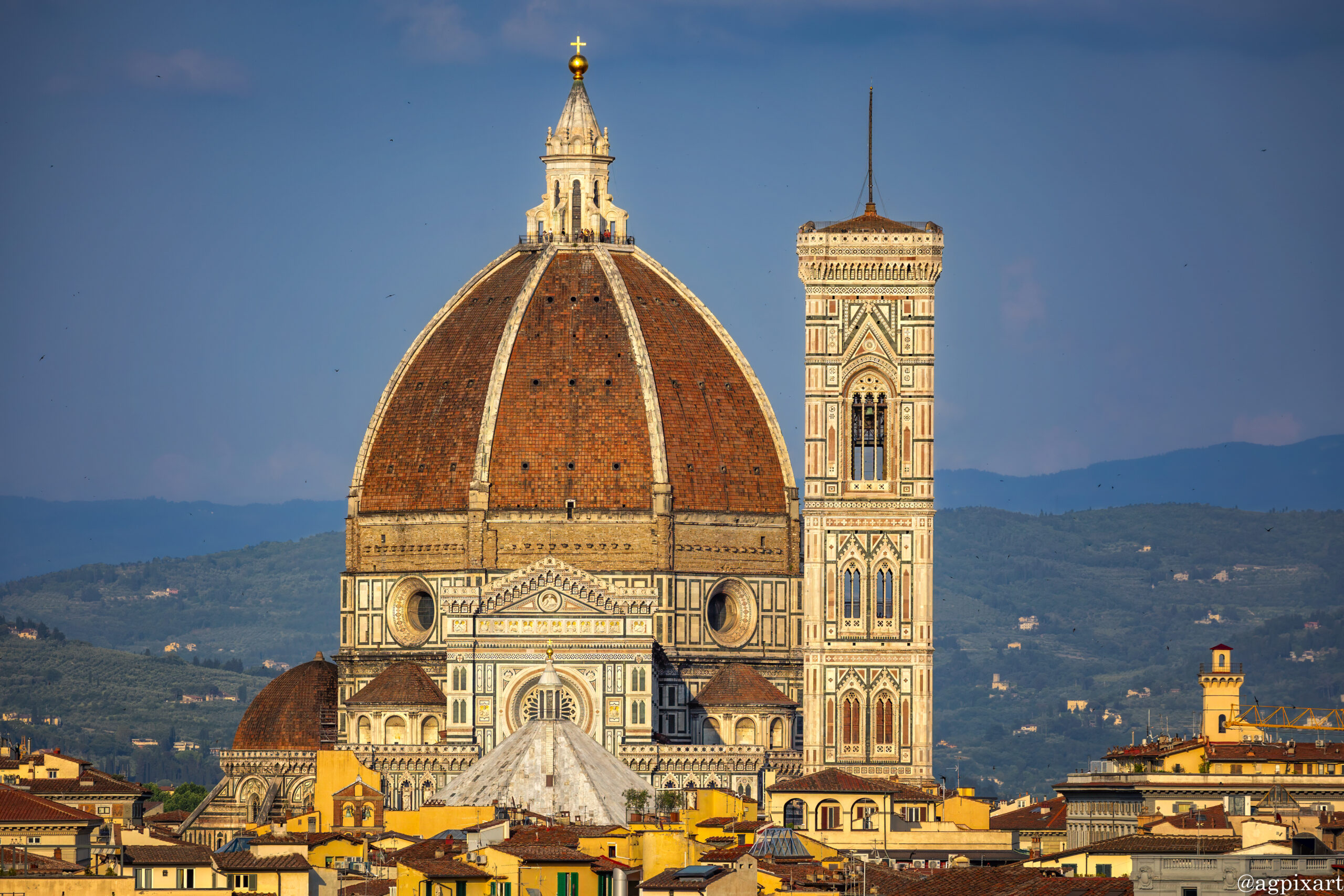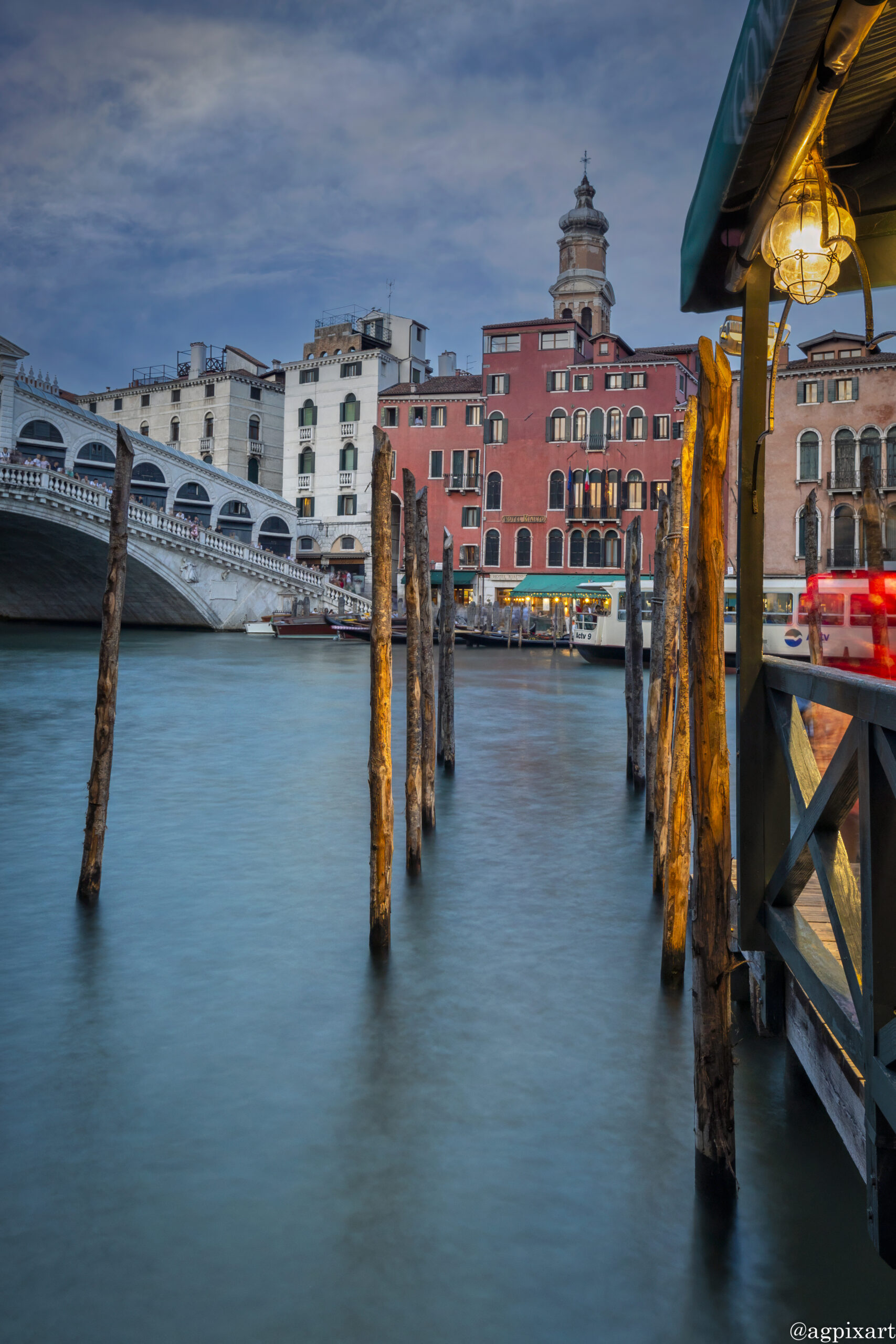Italy
Located in Southern Europe. It spans the boot-shaped Italian Peninsula, which extends into the Mediterranean Sea, and includes the islands of Sicily and Sardinia, as well as numerous smaller islands.
The Land of History & Art
Italy’s history is rich, complex, and spans the Roman Empire, the Renaissance, and other civilizations, influencing and being influenced by many cultures making it one of the world’s top tourist destinations. Sites like the Colosseum, the Pantheon, and Pompeii are testaments to its past and some of the most celebrated places to visit. Renaissance art, Galileo Galilei’s contribution to physics and astronomy,and masterpieces by artists like Leonardo da Vinci, Michelangelo, and Raphael further strengthen Italy’s influence on the world with touching nearly every aspect of global culture, art and science. Cities like Florence, Rome, and Venice are open-air museums showcasing centuries of art, architecture, and history.
Italy is also called the land of love, with romantic spots like Verona (home to the story of Romeo and Juliet) and the romantic city of Venice where gondolas glide through canals.
Additionally, Italy is known as one of the world’s leading wine producers, with a significant impact on viticulture techniques and wine culture.
Geographically, Italy’s natural beauty is varied and stunning traversing from the snowy peaks of the Alps in the north to the sun-drenched beaches of the Amalfi Coast and the islands of Sicily and Sardinia.
Italy
TidBits Tabs
(click on the tab to open/close)
Travel TidBits:

Phone: Main companies are TIM, Vodafone, WindTre, and Iliad.
eSIM Data Options
Airlines & Destinations:
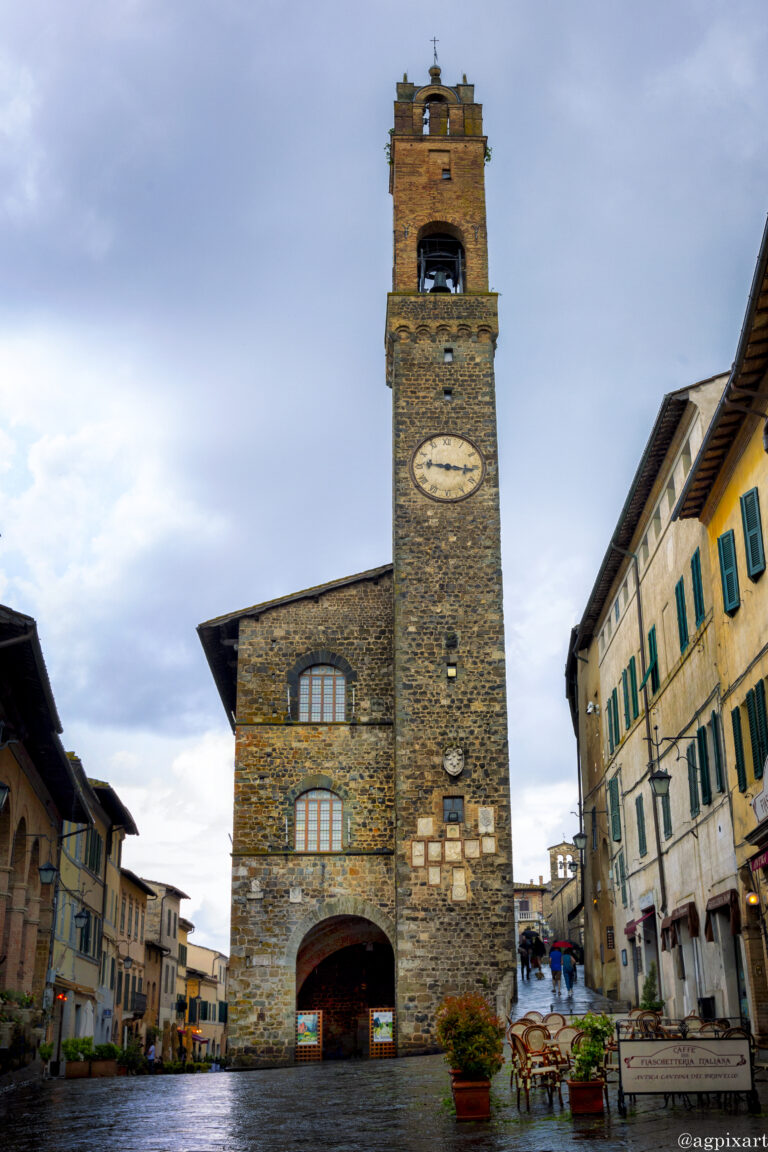
History TidBits:
Neolithic Age – The earliest known settlements date back to around 5000 BC in areas like Puglia and Sicily.
Etruscans – Flourished from around 900 BC to 300 BC in central Italy, particularly in what is now Tuscany.
Greek Colonization – Greeks established colonies in Southern Italy (Magna Graecia) from the 8th century BC.
Roman Kingdom (753-509 BC) – According to legend, Rome was founded in 753 BC by Romulus and Remus.
Roman Republic (509-27 BC) – Began with the expulsion of the last Roman king, leading to a republic governed by the Senate and various assemblies.
Roman Empire (27 BC – AD 476) – Julius Caesar’s rise, the transition to empire under Augustus, and the subsequent centuries of Pax Romana. The fall of the Western Roman Empire in AD 476 marks the end of classical antiquity in the West.
Ostrogothic Kingdom and Byzantine Rule – After the fall of Rome, Italy was ruled by the Ostrogoths, then briefly reclaimed by the Byzantine Empire.
6th Century – Lombards established a kingdom in Northern Italy.
8th Century – The Papacy became a significant political power in Central Italy.
Holy Roman Empire – Various parts of Italy were under the influence or direct rule of the Holy Roman Emperors.
14th-17th Century – Florence became the center of the Renaissance with figures like Leonardo da Vinci, Michelangelo, and political thinkers like Machiavelli. A cultural rebirth that emphasized classical learning, literature, and art.
1494-1559 – Italian Wars: Foreign powers like France and Spain vied for control over Italy.
Up to 19th Century – Various city-states and foreign rulers controlled parts of Italy
Risorgimento: The 19th-century– movement for Italian unification
1870– Kingdom of Italy established under Victor Emmanuel II.
1861– Rome was annexed from the Papal States, becoming the capital of Italy.
World War I – Italy fought on the side of the Allies.
1922-1943 – Led by Benito Mussolini, Italy became a fascist state.
World War II – Initially allied with Nazi Germany, Italy switched sides in 1943 after the fall of Mussolini.
1946 – After the war, Italy became a republic via referendum, ending the monarchy.
The 1950s and 60s – Economic miracle saw significant economic growth
1957 – Joined EU what would become the European Union.
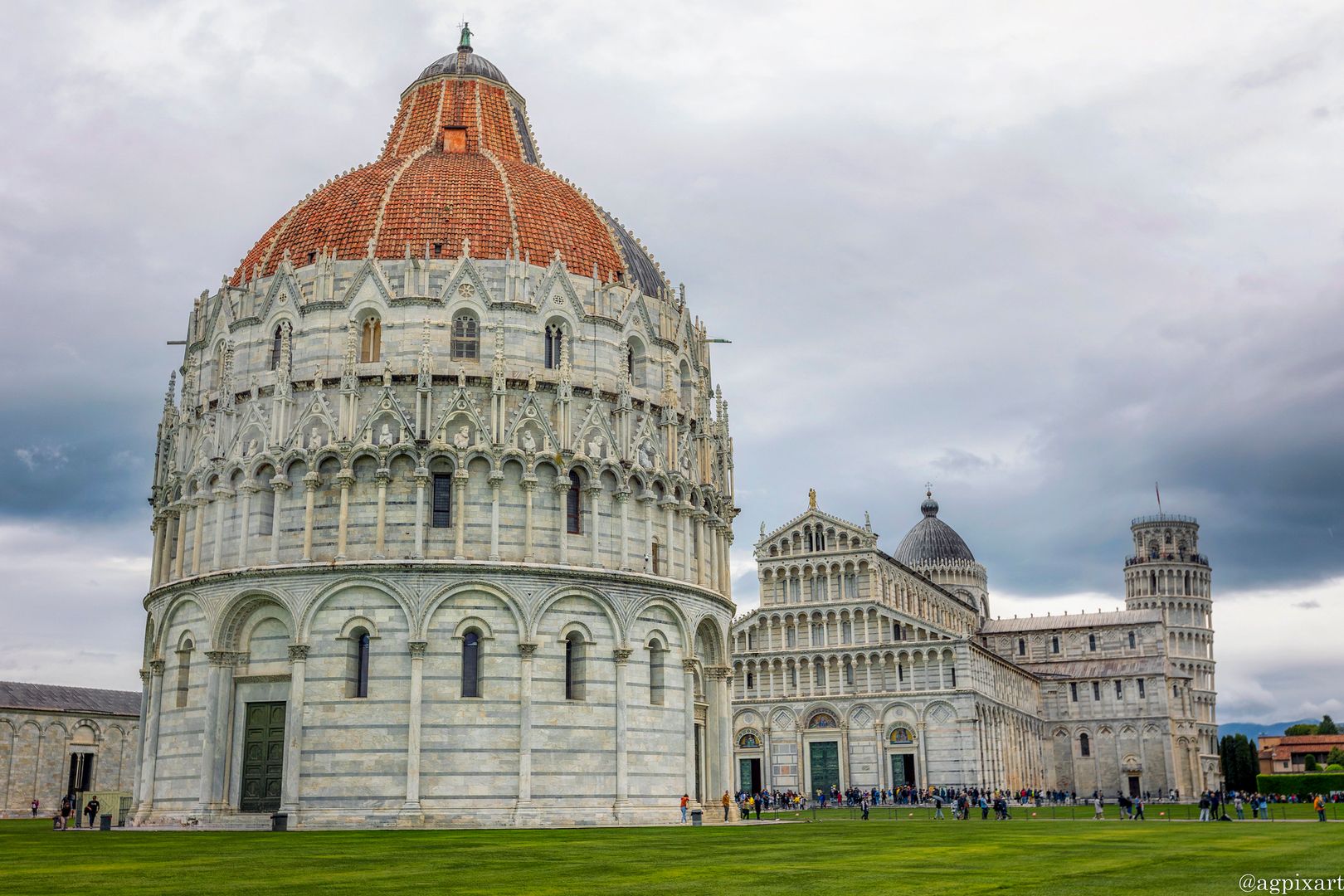
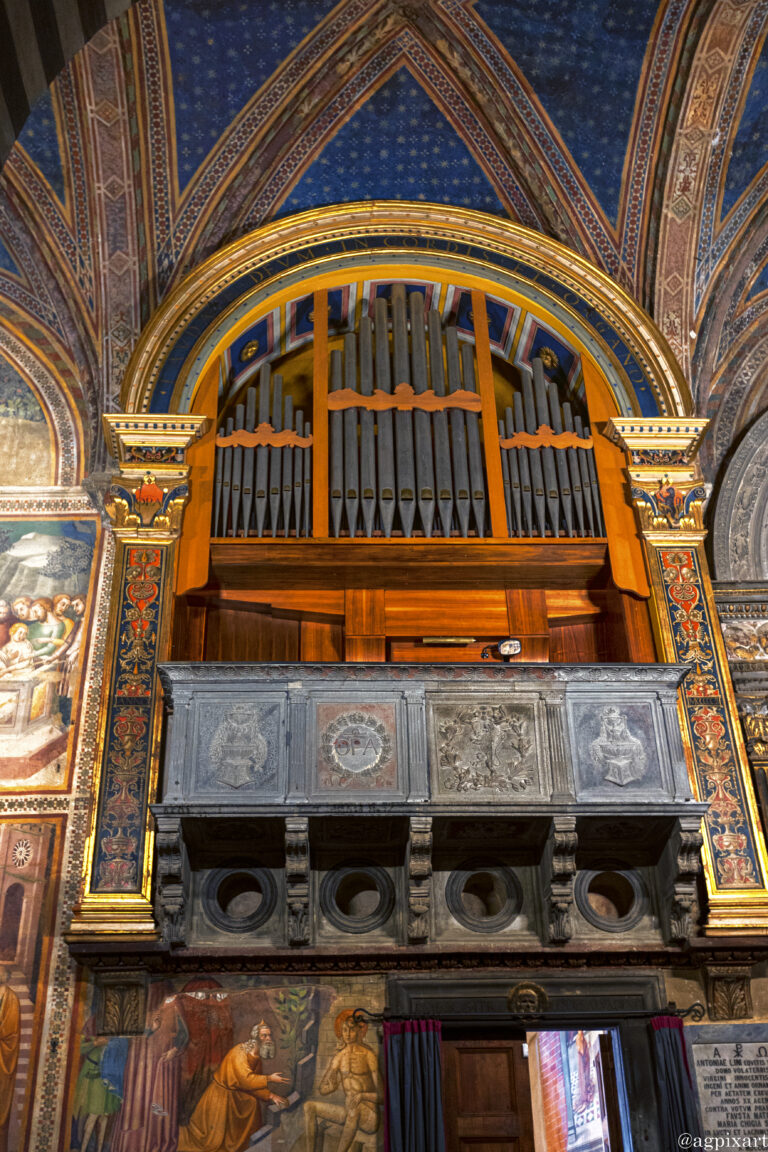
Instructions for proofing and comments:
Left-click on the photo to access options for title information (i), leave comment, or mark the photo(s) as the favorite. The option to submit the selected as favorite photos is under “Submit proofs” button under photo gallery.
Image Info
Comment
Favorite
Sample Photos from Italy
If you see this after your page is loaded completely, leafletJS files are missing.
If you see this after your page is loaded completely, leafletJS files are missing.
